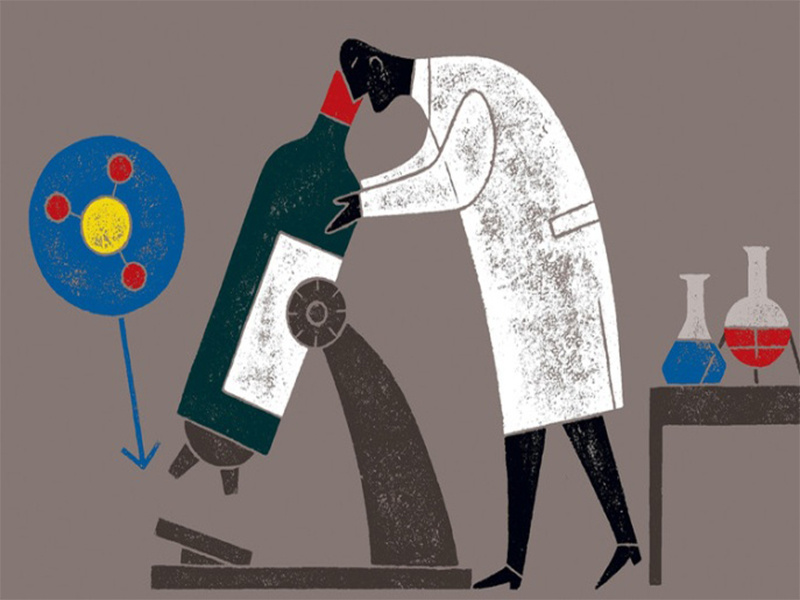How Much Do You Want to Know About Your Wine?
- Posted on
- 0

Are you a label reader? Do you like knowing exactly what you are feeding your body, or would you rather not know about the xantham gum, potassium citrate, or acesulfame potassium and the other stuff impossible to pronounce or relate to. Maybe you are somewhere in the middle; want to know some of the things but would rather not know EVERYTHING. As a part of the campaign to battle cancer, the EU has been pushing for more labeling on all food and beverage labels, and that will soon include wine.
Despite initial attempts in the late 1970s, alcoholic beverage producers have been allowed to omit listing both the ingredients and nutritional information on bottle labels, but for wine, that will no longer be the case as of December 8, 2023. Any wine sold in the EU that was produced and/or labelled from that date will be legally required to declare any ingredient added during the winemaking process (sulphur dioxide, commercial yeasts, additional sugar, acid, colorants, etc.)—anything contained in the finished wine. This also goes for any wine that will be sold in the EU; so that means if an any winery outside of Europe distributes wine into the EU, they are also required to have that information available on the label. If this is news to you, you are not alone.
In April 2019, the European Parliament’s Agriculture Committee passed a motion saying, "Wine labels should include the product's nutrition declaration, or at least its energy value, and the list of ingredients, or a direct link to where the list can be found." If you have looked at your wine labels, you probably already noticed the statement “Contains Sulfites,” (if the total level in the wine is above 10mg/L) and they will still show that statement, but any wine produced after December 8th will also have a box with a list of any added sugars and colorants, often called “mega purple,” or “mega red.” Not listed will be any processing agents, so vegans will still not be able to tell if eggs have been used for fining (filtering). Processing aids are substances which might leave traces in the finished product in wine, but which cannot, unlike food additives, be detected in the final product. Residual sugar will be included in the ingredients, which is probably one of the most requested types of information by consumers. Does this mean that your favorite European made wine will look like a box of cereal or a can of coke with the calories in large print and all of the other finite information you may or may not want, in your face? Not necessarily. Winemakers are going to have a choice in how the information is displayed. The label will have to include that nutritional box and the main ingredients, but some additional ingredients may be displayed through an “e-label” (QR code) that the consumer can access for information. That information must be clear and concise, with no marketing, or any other communications. There is question as to how non-European produced wines will be listing, however, if produced and sold after the above date. They will have to have translation of the ingredients and nutritional information. It is unclear whether the labels will be carried on to the bottles that are distributed outside of the EU. Some wine producers may choose to keep the same information, translated of course, however, because there is no law outside of Europe yet. It is possible that a wine you purchase in Europe will have one label and that same bottle will have another without the EU required nutritional information listed. It would be more reasonable to think that it would be more cost effective to use the same label.
Will this be coming to other parts of the wine world, including America? Well, it all depends on how this affects sales and what the response is. This could very well be a precursor for things to come, in other wine regions, including the US. After all, the EU has usually been a couple steps ahead and a leader in renovating methods. There are a lot of benefits to this whole concept. The consumer will be more aware of what exactly is in the wine you are purchasing and consuming. Prior to these requirements, when choosing a bottle of European wine, it is often unknown what exactly is in it—not only additives, but the varietals as well. Until this, the only thing to rely on for the profile of the wine is a guesstimate of the grapes and the alcohol, with the new EU standards the consumer can make better-informed choices. It may just drive more wine producers to be more cognizant of the types of additives used and the sugar value. The negatives are the fact that it may steer some consumers in another direction, after reading and getting to know what is in their favorite wines.
What do you think? Are you part of the alliance that would campaign for nutrition and ingredients on the labels on your favorite wine, or are you of the mind that it does not make a difference? It could be very enlightening … or frightening, especially in America, where there are already far fewer restrictions on what goes into a bottle of wine. If you want to read more on this subject, you can visit here. There is also a great podcast by Wine for Normal People (Episode 327) about this subject, and is an entertaining listen

Comments
Be the first to comment...